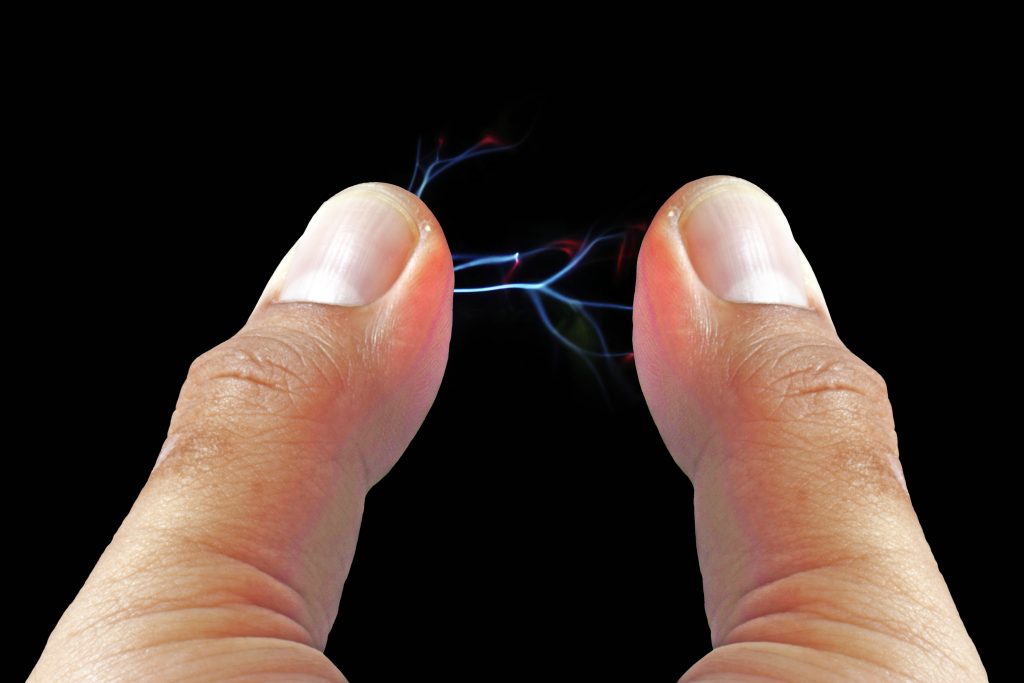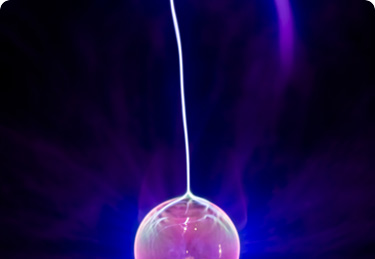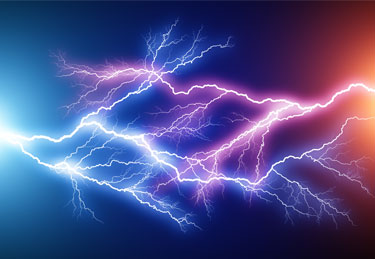Search
It’s Winter – it’s static electricity time!

In Winter in the Northern parts of the United States and in Canada, our electrostatic hazards consulting team find themselves more in demand. Here’s why.
Winter can present process safety and processing challenges to companies as diverse as thin film producers, powder processors and producers, electronics companies and more. For those companies handling flammable liquids and explosible powders, static electricity can (and regularly does) provide the ignition source for a fire or explosion. For others it is powder flow problem, dust sticking to surfaces, mixing problem, sieving difficulties, thin film ‘cling’, damage to electronics and more. It’s worth looking at why this is – and what can be done to ensure the risks and processing problems associated with static electricity are properly controlled, all year round.
What’s going on here?
Like most others, you probably have experienced small electrostatic shocks from your car door, elevator button or even stroking the family pet. You may also have observed that these occur more frequently when the weather is cold – or more correctly when the humidity in the air is low. This tends to happen mostly in winter because cold air cannot hold as much water vapor as it does in the summer. That’s physics for you. Indoor heated/ air-conditioned atmospheres can also produce lower levels of relative humidity, thus increased electrostatic hazards.
Water vapor, surfaces and electrostatic problems
Solid materials will react differently to water vapor in the atmosphere. Adsorption is the technical term used to describe the process where atoms, ions or molecules adhere to a solid surface. Some material will readily adsorb water vapor (hydrophilic). These include cellulose fibers such as cotton and paper and some polymers such as nylon, polycarbonate, cellulose, and PMMA (polymethyl methacrylate). Then there are materials that do not adsorb surface water well (hydrophobic); the list include polymers such as polyethylene and polystyrene.
In electrostatic terms, water is considered to be a relatively good conductor of electricity, so it should not be a surprise to learn that an electrically insulating solid material with water adsorbed to its surface will be a better conductor of static charge than one which is ‘dry’.
We have now learned that under conditions of higher relative humidity, many (but not all) solid materials will be inclined to take water vapor out of the atmosphere to their surfaces and this will lead to an improved ability to conduct away electrostatic charge. Of course, the converse is also true; low humidity ‘dries’ surfaces and will inhibit loss of static charge to ground.
The problem diagnosed
The best way to gain an understanding of the effect that local humidity has on your processes is through laboratory measurement of electrical resistivity. This relates proportionately to the ability of a surface to conduct away hazardous or problem causing static electricity. Surface resistivity [units: Ohm/square] is used to evaluate electrostatic charge conduction across the surface of a solid such as a plastic scoop, plastic liner, or work surface. Volume resistivity [units: Ohm.m] measures the electrical conduction through a solid material such as a vessel or pipe wall. For powders, the accepted measure of ability to conduct away static charge is termed bulk powder resistivity or volume resistivity, where a sample of powder is placed in a test cell and resistance is measured between opposing electrodes. You may have spotted that electricity flow through a powder will take place both through the solid particles AND ALSO across the surfaces of the particles where they touch each other, so it’s a kind of hybrid measurement. Laboratory testing should be undertaken at ambient and low (typically at or below 20%) relative humidity, for reasons that will now be clear to you.
The problem solved
In process safety, any solution to electrostatic hazards and problems has to come via proper analysis processes. At Stonehouse Process Safety we have a specialist team that have identified and independently advised on electrostatic solutions to such issues numerous times.
Sometimes it is possible for local humidity to be increased (humidification) to alleviate a problem, which is really an attempt to create local humidity more like summer than winter. This will usually help reduce static problem but reliance on humidity alone is rarely reliable enough.
Additives can occasionally be found to render process materials more conductive – so as to prevent electrostatic problems. Even air ionizers have been used to avoid excessive charge build-up through charge neutralization. And you may be surprised to learn that even changes in process speed or changes to plant materials (plastic type, plant component…) can lead to a reduction of static electricity.
Winter is a time of low relative humidity in many countries of the Northern Hemisphere and that can and does increase risk of fire/explosion and exacerbates a whole bunch of processing problems. With experience and expertise – and with proper due care and attention to process safety methods, there are solutions to be found. The best way of finding the most effective and safe solution is usually through measurement (taken on plant or in laboratory) of material properties such as surface and volume/ bulk resistivity.
If you would like to learn more about how Stonehouse can help you with your electrostatic hazard and processing problems, please visit our control of static electricity pages of our website or please email us at [email protected] or call us at 609-455-0001.

Get in touch
To learn more about our expertise and services in dust explosion prevention & mitigation, call us at +1 609 455 0001 or email us at [email protected] today.
We also offer tailored virtual and in-company process safety training programs on Dust Explosions, Static Electricity and HAC (Hazardous Area Classification) and more. Find further information here.









